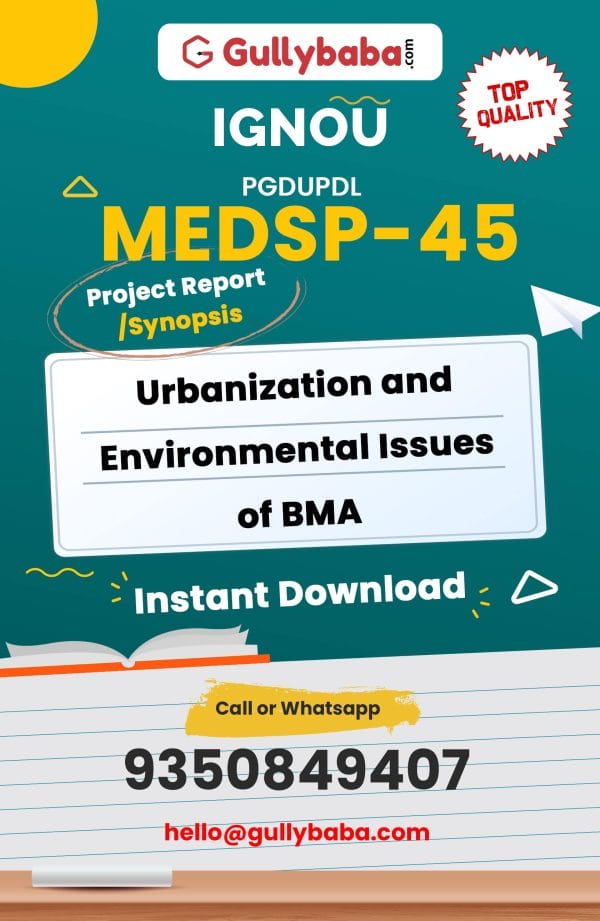The twenty first century is expected to witness not only sustained population growth but also more of urbanization. There are several contributing factors of urbanization, e.g. economic vibrancy, through creation of additional income generating schemes, opening up more employment opportunities, strengthening and widening of the transport and marketing facilities, bringing in several civic amenities to the inhabitants etc. In this era of globalization, Indian cities and towns are in transition and have become especially important in understanding the environment of any urban space in relation to its physical ecological components, socio-cultural groups and economic and political activities.
Objectives
- The present study would help to assess:
- The growth, processes and patterns of urbanization in varied situation;
- The environmental condition of Bardhhaman town;
- To scrutinize the quantitative study of population and analyze the micro-level impact of this growth of the population on natural resources;
- To examine the changing patterns of land use by urbanization;
- To evaluate the level of awareness of the city dwellers regarding issues relating to urbanization as well as industrialization;
- To assespeoples’perceptiononmattersrelatingtotheseenvironmentalproblems;
- To compare the peoples’ perception regarding urban environmental issues in both the municipal areas;
- To suggest some developmental measures for mitigation of recent environmental issues and which will pave the way for sustainable living environment of these two urban centres.
- To investigate whether the industrial concentrations create greater civic problems;
- To verify whether educational attainment matters related to the awareness about city environment among city dwellers;
- To study whether the duration of residence make difference in the perception of environmental issues;
- To scrutinize whether there is any relationship of educational background and level of income, in respect of protection of environment by paying some money
Topic Covered
- Introduction
- Review of the Literature
- Research Methodology
- Data Analysis and Interpretation
- Conclusion and Suggestions
- Bibliography
- Annexure
